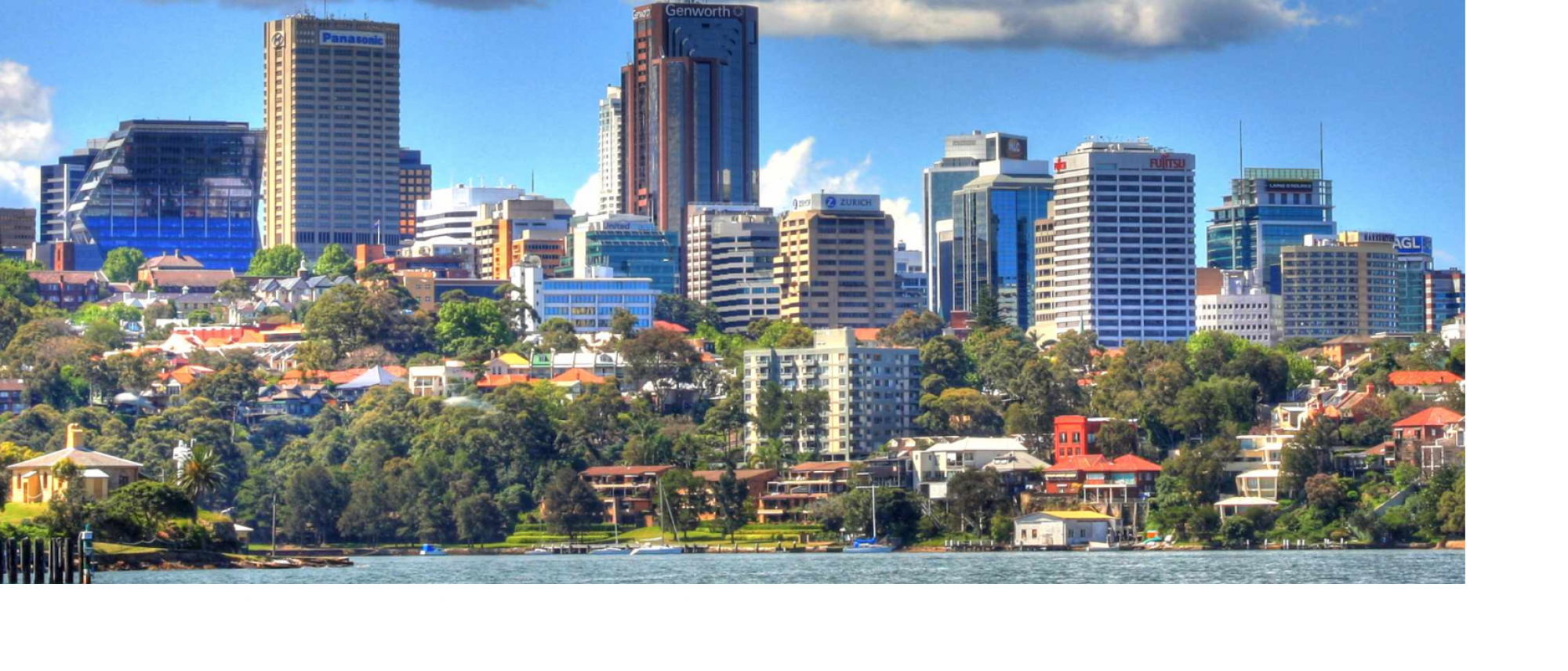An article by Jeremy Dawkins (just published in the UNSW Urban Development and Design Yearbook for 2019) explains why real value capture would transform the North Sydney city centre, while Sydney Metro’s false value capture makes the city centre worse. Read and download the article here.
Why ‘value capture’ matters
After years of ignoring calls from planners to partially fund infrastructure through ‘value capture’, the NSW Government — and Sydney Metro in particular — have suddenly discovered that the magic term ‘value capture’ can make site-exploitation and over-development sound good.
However, real value capture has two preconditions that are missing from Sydney Metro’s activities.
1 The project must add real and significant value to a locality, such that land values rise as a direct result of the investment in the project. (Land values are an accurate reflection of the attractiveness of a place for specific purposes — acknowledged in the dictum about ‘location location location’.) This is not the case on the SW metro line, where a good, integrated rail service is being replaced by a smaller metro service not integrated into the rail system. (There’s no value to capture there. Instead, the aim appears to many to be to build a non-unionised asset for later sale.)
2 These windfall increases in land value must be measurable (through estimates of approximate ‘uplift’) and the property owners enjoying these unearned gains must be identifiable (by mapping the approximate extent of significant ‘uplift’ due to the project).
When these two preconditions apply, a major public investment in urban improvement can legitimately and fairly be funded, in part, by recovering a proportion of the material increase in asset values passively enjoyed by nearby owners.
There are many ways to do this, for instance through a tweak to existing property rates and taxes, or through a localised levy. In fact, North Sydney already demonstrates an excellent precedent. The transformation of the North Sydney station — from run-down and crowded spaces to an airy and impressive concourse of much greater capacity — was partially funded by a Council levy on new development nearby. Although the property lobby protested, in reality it was in the direct and material interests of nearby developers that the station should be modernised: enlightened developers often contribute to public projects that will enhance the potential of their properties.
In Sydney Metro’s version of ‘value capture’, there is little or no value added to the locality, and no recovery of what ‘uplift’ results. Despite their spin about adding vibrancy and other benefits to an area, Sydney Metro has no incentive to add value, only an incentive to overdevelop the land compulsorily acquired, no matter what negative impacts they create.
In real value capture, the incentives work in the public interest. If there are mechanisms to recover some of the windfall gains resulting in increased property values around the project, Sydney Metro would be focused on using their metro project to improve the quality and amenity of the area.
In the case of the station called Victoria Cross in North Sydney, if real value capture applied, Sydney Metro would use their large compulsorily acquired site (only a small proportion of which is required for station infrastructure) to add real value to the whole of the city centre.
They would build an office tower, but also add a central public space as a heart for North Sydney on the Miller Street axis (on what would be the only level, sheltered, sunny site in the city centre), they would reproduce some of the excellent ‘people’ qualities of Tower Square (which they bought and demolished), and they would incorporate spaces for the civic and civil-society functions expected in a city centre.
This would raise property values across the city centre, it would therefore generate significant contributions towards the cost of the metro system, and would launch the transformation of a ‘CBD’ — an ‘office park with through traffic’ — into a place for people.
More detailed analysis and discussion is in an article written by Jeremy Dawkins and published in the UNSW Urban Development and Design Yearbook for 2019.
Read and download the article here.
